I recently tested several loads for accuracy in my Ruger .357 Magnum New Model Blackhawk.
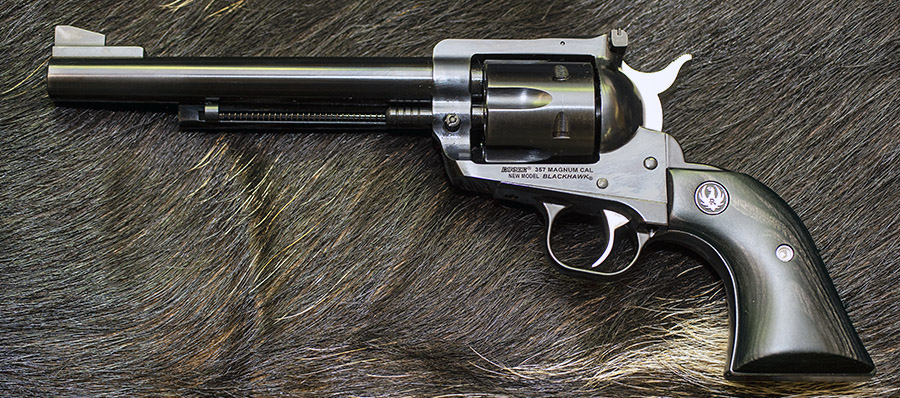
The .357 Magnum Blackhawk is available with either a 4 5/8-inch or a 6 1/2-inch barrel; mine is the 6 1/2-inch version. I like a longer barrel when I have a choice.
In this test series, I fired four 5-shot groups at 50 feet and then calculated the average group size for each load. I did not use a machine rest (more on that later); I used a two-hand hold rested on the bench, with no support for the barrel or any other part of the gun.
The Loads
I tested with five bullets and three propellants:
-
-
- The Hornady 158-grain XTP jacketed hollow point
- The Speer 158-grain jacketed soft point
- The Hornady 110-grain jacketed hollow point
- A cast 158-grain truncated flat point
- A cast 148-grain powder coated double-ended wadcutter
- Unique
- Bullseye
- Winchester 296
-
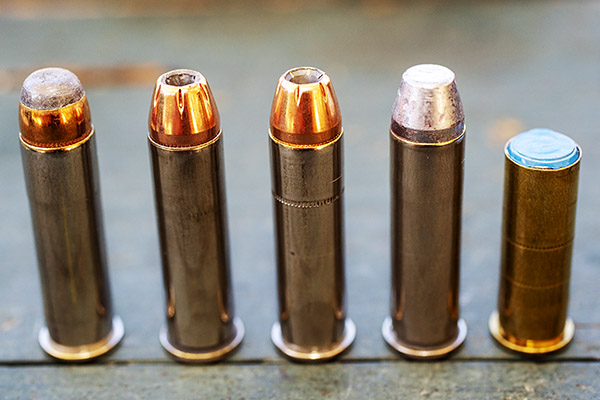
All loads were prepared using my new Lee Deluxe 4-die .357 Magnum reloading dies, with the exception of the .38 Special wadcutter ammo. All loads were crimped. I recently did a blog on the Lee dies. I think they are the best dies I’ve ever used. If you’re considering a set of Lee dies, a good place to buy them is on Amazon.
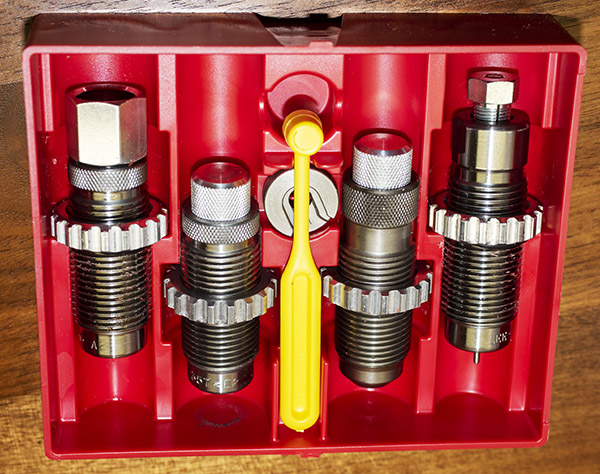
You can also buy directly from Lee Precision.
The different load recipes are identified in the table below.
The Results
Here are the results:
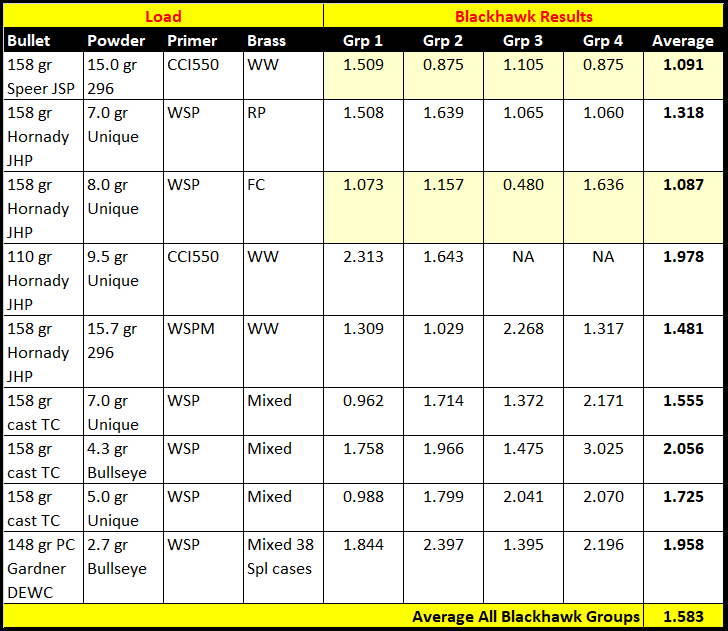
The biggest variable in this test series is me. But, I’m what you get.
The most accurate load was 8.0 grains of Unique with the 158-grain Hornady jacketed hollow point bullet and a regular (non-magnum) primer. You won’t find this load in any modern reloading manual. It’s one that was in Lyman’s 45th edition manual (printed in 1970) as their accuracy load with a 158-grain jacketed bullet. Sometimes there are jewels hidden in those old reloading manuals. There are folks who say you shouldn’t use loads from old manuals. When I do, I work up to them, watching for pressure signs. Another one of my old reloading books goes up to 8.5 grains of Unique with a 158-grain jacketed bullet. I didn’t go there because I didn’t need to.
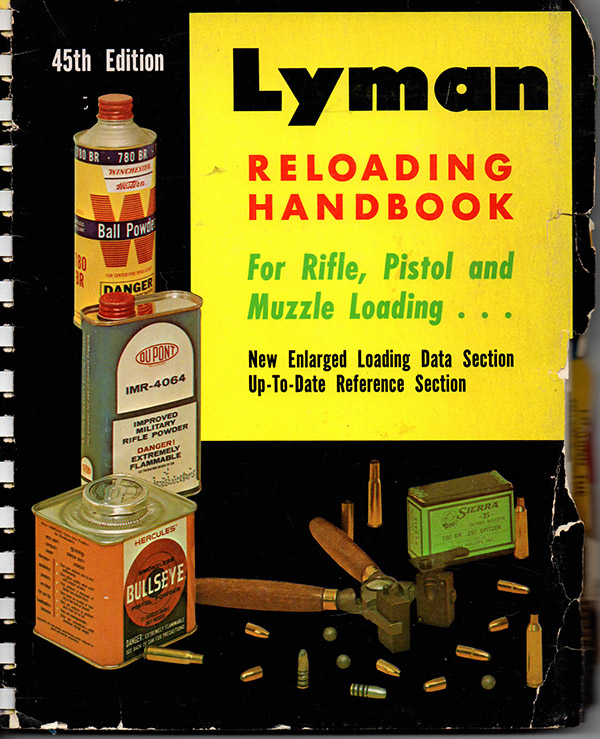
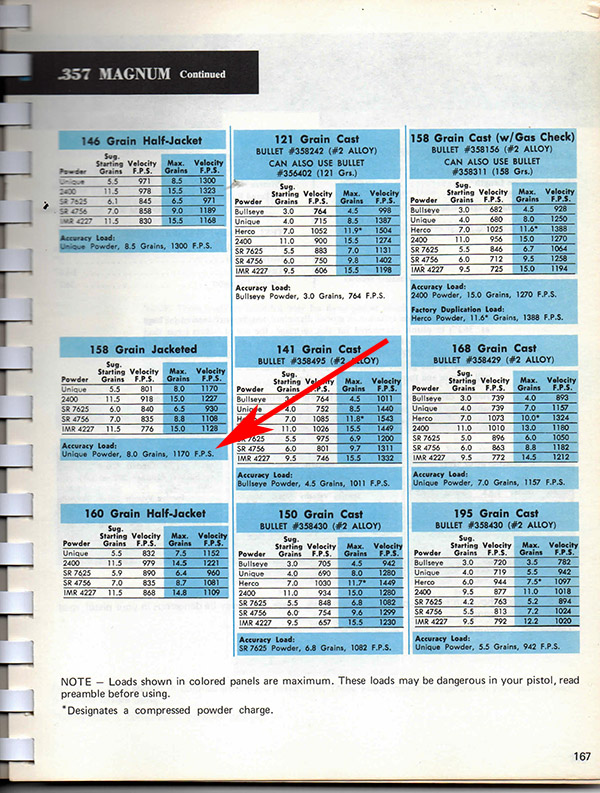
Recoil with the Lyman accuracy load identified above was moderate, and there were no excess pressure indications (extraction was easy, and the primers were not flattened). I tried 7.0 grains of Unique first, and it was so calm I had no qualms about going to the Lyman-recommended 8.0-grain load. I was impressed with the 8.0 grains of Unique and 158-grain Hornady jacketed hollow point load. One of the groups was a one-holer (five shots clustered in a single ragged hole). Was that simply a fluke? I don’t think so. The other groups with this load were larger, but that was undoubtedly me.
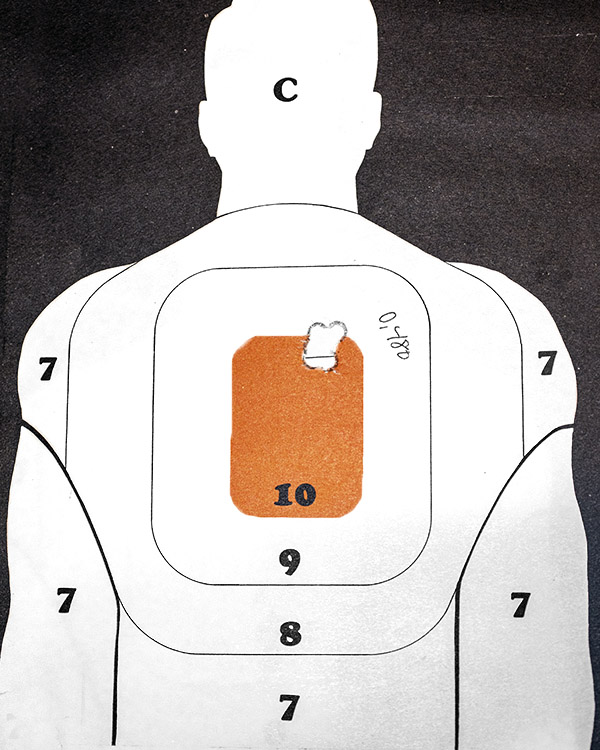
The second most accurate load (which is essentially as accurate as the load above) was the 158-grain Speer jacketed soft point bullet with 15.0 grains of Winchester 296 and a magnum primer. These bullets are still listed on the Speer website, but good luck finding them. No one has them in stock. The ones I used were from a stash I picked up from my good buddy Paul. Winchester 296 is a good powder for magnum handgun cartridges and it’s been one of my favorites for years. I was a bit surprised that 296 did not take the accuracy honors, but it was pretty close. 296 is a slower burning powder, and the reloading manuals show it gives the highest muzzle velocity. Recoil (and muzzle blast and flash) are significant with this powder.

The difference in average group size between the most accurate load and the next most accurate load was only 0.004 inches (the most accurate group average was 1.087 inches, the next most accurate group average was 1.o91 inches). That’s nothing, really. And I didn’t go higher or lower with the 296 charge with the second-place load; I only tried 15.0 grains. It’s likely that variations in the 296 charge would have shown a slighly different charge to be better. Maybe Bill Jordan (who carried a .357 Magnum) had it wrong: There is a second place winner.
Surprisingly, one of my previous accuracy loads (a near-max load of Unique with the Hornady 110-grain jacketed hollow point bullet) was not a good load in the Blackhawk. Accuracy was okay, but it was a fierce load and the cases would not extract (I had to take the cylinder out and drive the cases out with a rod). I only fired two groups with this load and then I stopped. This is a load that worked well in previous .357 Magnums, including a stainless steel Blackhawk, an earlier version of the Colt Python, a Smith and Wesson Model 27, and my current production Colt Python. I had the Python with me so I fired a couple of groups with it. It worked fine (it was accurate and extraction was easy). I proved, once again, that every gun is different with regard to what it likes.
What I thought would be a good load (a 158-grain cast bullet and 7.0 grains of Unique) was not. It was just okay accuracy-wise, but it leaded the bore big time and accuracy grew worse with each group fired as the leading increased. That wasn’t unique to the Blackhawk, either. It did the same thing in the Colt Python. These cast bullets are fairly hard, but the charge (7.0 grains of Unique) is driving the bullets to approximately 1200 feet per second, and it appears that’s enough to induce leading. The bullets are sized to .358 inches, so they should be sealing adequately.
The above observation led to a quest for a load using these cast bullets that wouldn’t lead the bore, and I tried a couple that kept velocity below 1000 feet per second (4.3 grains of Bullseye, and 5.0 grains of Unique). Neither produced appreciable leading, but the accuracy was mediocre.

After cleaning the bore, I tried the standard .38 Special target load: 2.7 grains of Bullseye and a 148-grain double ended wadcutter. I used Jim Gardner’s powder coated wadcutters and ammo I reloaded with my Star progressive machine. Accuracy was okay, but not exceptional.
Machine Rest versus Hand-Held Shooting
On the topic of machine rests, I don’t have one. In the past, keyboard commandos criticized me for that. I was recently was in the Colt plant in Connecticut. The Colt manager took us through the famed Colt Custom Shop and he showed me one of their custom gun test targets. It looked like my targets…four shots clusted into a cloverleaf with a single flyer. I asked my Colt buddy about the distance and if Colt used a machine rest. He told me the distance was 45 feet and said they do not use a machine rest. “A good shooter will outshoot a machine rest,” he said. I thought that was interesting and I liked hearing it. I never felt a need to use a machine rest and what the Colt guy said reinforced that.
A Note on Safety
This blog describes loads I developed for use in my revolver. Don’t simply run with them. They work for me; I make no conclusions (nor should you) about what they will do in your guns. Consult a reloading manual, start at the minimum load, gradually work up, and always watch for pressure signs.
What’s Next?
I have a blog in work that compares the Blackhawk to the Colt Python, and part of that is assessing how the Python groups with the same loads listed above. I think you’ll enjoy reading it. Stay tuned, folks.
Keep us in components…click on those popup ads!
Never miss an ExNotes blog!
More gun and reloading stuff? You bet!

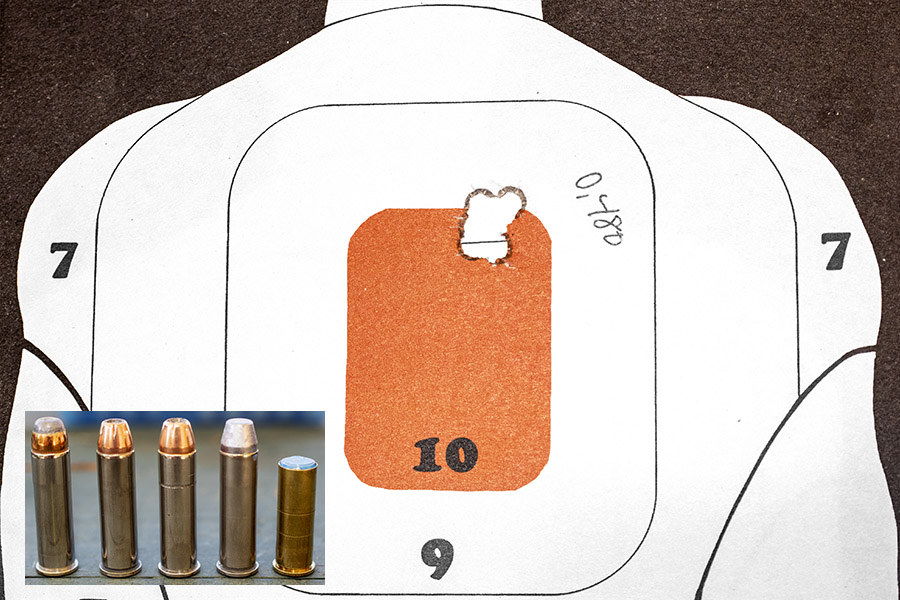
Well that seems like a good gun, warts and all.
I’m very pleased with its accuracy, Marcus.